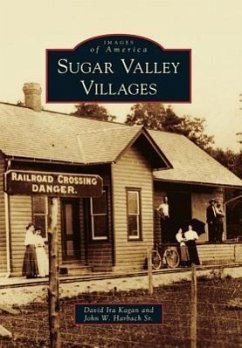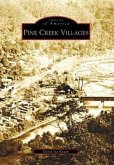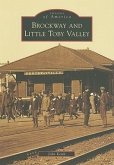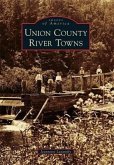Sugar Valley was named for the many large sugar maple trees found in the area when settlers first arrived in the 1780s. In the 1800s, most of the valley's residents worked as farmers, millers, or lumbermen. In the early 1900s, the White Deer and Loganton Railway transported lumber, mail, coal, other freight, and passengers. The Logan House, a popular resort hotel in Loganton featuring nearby Sulphur Spring mineral waters, flourished until the great fire of June 19, 1918, destroyed it, along with much of the borough. Today Sugar Valley contains the only covered bridge remaining in Clinton County.








